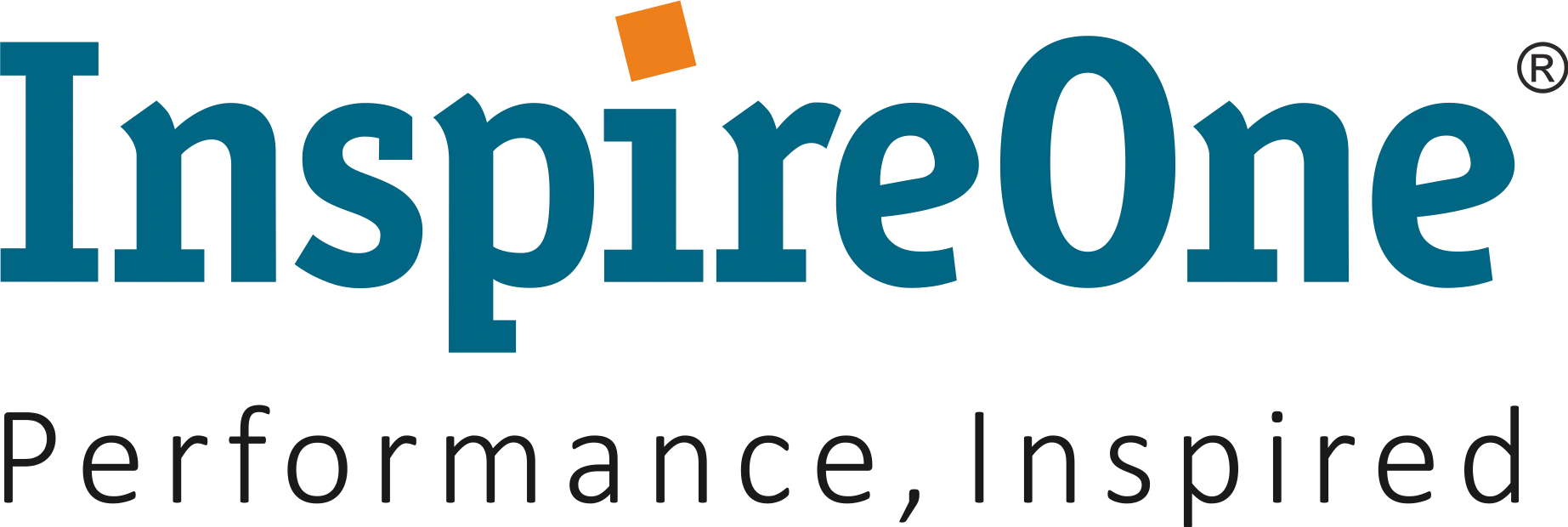Succession planning is described as a consistent set of specific procedures to help ensure the identification, development, and long-term retention of talent, to ensure long term sustainable organisational growth
For some organizations this might mean replacements for key positions, for some it means leadership continuity, for some ensuring the stability of “bench strength” and for some to maintain a deep and flexible talent pipeline.
The right definition of succession management for an organization is dependent, therefore, on the organizational strategy and the objective the organization is driving with it.
Whatever maybe the raison d’etre, for succession planning for an organisation, it is now an imperative for all organisations, irrespective of the industry, whether they are startups or legacy organisations, whether they are big or small, regional, or global.
And there is research to prove that.
Recent research data published, indicates that:
- The direct cost of replacing a failed executive is close to 10x of their salary. (HBR, 2017)
- Large companies that underwent forced succession would have generated $112 billion more in market value had they planned the succession better (Strategy-business, 2015)
- Companies that had to fire their CEO lose an average of $1.4 billion in shareholder value, compared with companies with a succession plan (Strategy-business, 2015)
Therefore, it makes complete business sense to have a strategically aligned and structured succession management process. Failure to do so could have very significant impact on business performance.
However, research also suggest that.
- Only 35% of organizations have a formalized succession planning process. (ATD, 2019)
- At 73% of companies, the most common method for identifying individuals as potential candidates for leadership positions was a single nomination by their direct manager. (CrForum, 2016)
The above research tells us that, few organizations have a strategy around people succession and the process becomes further blurred for senior level leaders.
That is not all, in addition to these challenges, the current trends in 2023 predict – two critical factors that will further impact an organization’s strategy towards succession planning
- The Aging Workforce and demographic drought – The workforce is getting older. Coupled with low fertility rates, the future that most organizations are looking towards is depletion of active and young workforce in the next two decades.
- Accelerated digital transformation – Accelerated digital transformation is contributing to the considerable thinning of workforce with most organizations.
Talent will drain and people will retire. What is the solution then? How can organizations plan to mitigate the talent vacuum or talent drought situation?
Whenever a leader resigns from his/ her post, it creates a huge vacuum and a monumental task for the HR team to fill the position. Therefore, a process for evaluating the organizational readiness and strategy towards succession planning, should be ongoing and proactive. The assumption being that senior leaders leaving, is a given and will happen.
Based on our research in this area, and experience of working with organizations and supporting them to identify and develop a leadership pipeline, InspireOne has developed a robust framework on succession planning –
Defining Organizational Readiness
To clarify the scope of succession management, it is important to begin by defining the level of leadership pipeline readiness through an assessment involving key stakeholders. This intervention can be done in several ways including focused interviews, focus groups and surveys.
If an organization has the requisite readiness towards having a process driven approach to success planning, we can proceed with the next steps
Role Profiling
Defining and profiling the role and expectations of the organization from the critical role/s for clarity on desired competencies required. Therefore, defining and authoring each attribute of knowledge, experience, motivators, behaviours, and values of the role/s should be done.
Benchmark to global standards for the desired state
It is not only important to define the role at the organizational level, but the roles should be assessed at appropriate global leadership benchmarks.
Gap Analysis
Once the desired state is established, the next step is to assess the gap between desired state and current state. InspireOne uses highly standardized and validated assessment tools to measure, identify and map organizational and role competencies to IBM Kenexa High Performance Behaviors using the nature (leadership preference) and nurture (leadership capability) tools.
Identification of development areas
As an output of the assessment, the key areas of development are identified to ensure readiness of candidates for the role.
Customized development initiative
A customized leadership development initiative aligned to the desired competencies required for the future roles, is designed.
InspireOne has been supporting organizations with role profiling, identifying areas of development, creating a wholistic perspective by defining a clear and robust methodology for identifying and authoring each attribute of the role. The process has enabled several organisations to develop and strengthen their succession planning process. Connect with us to know more.
References:
https://www.gartner.com/en/articles/9-future-of-work-trends-for-2023
https://hbr.org/2021/05/the-high-cost-of-poor-succession-planning
https://accendotechnologies.com/blog/succession-planning-statistics







